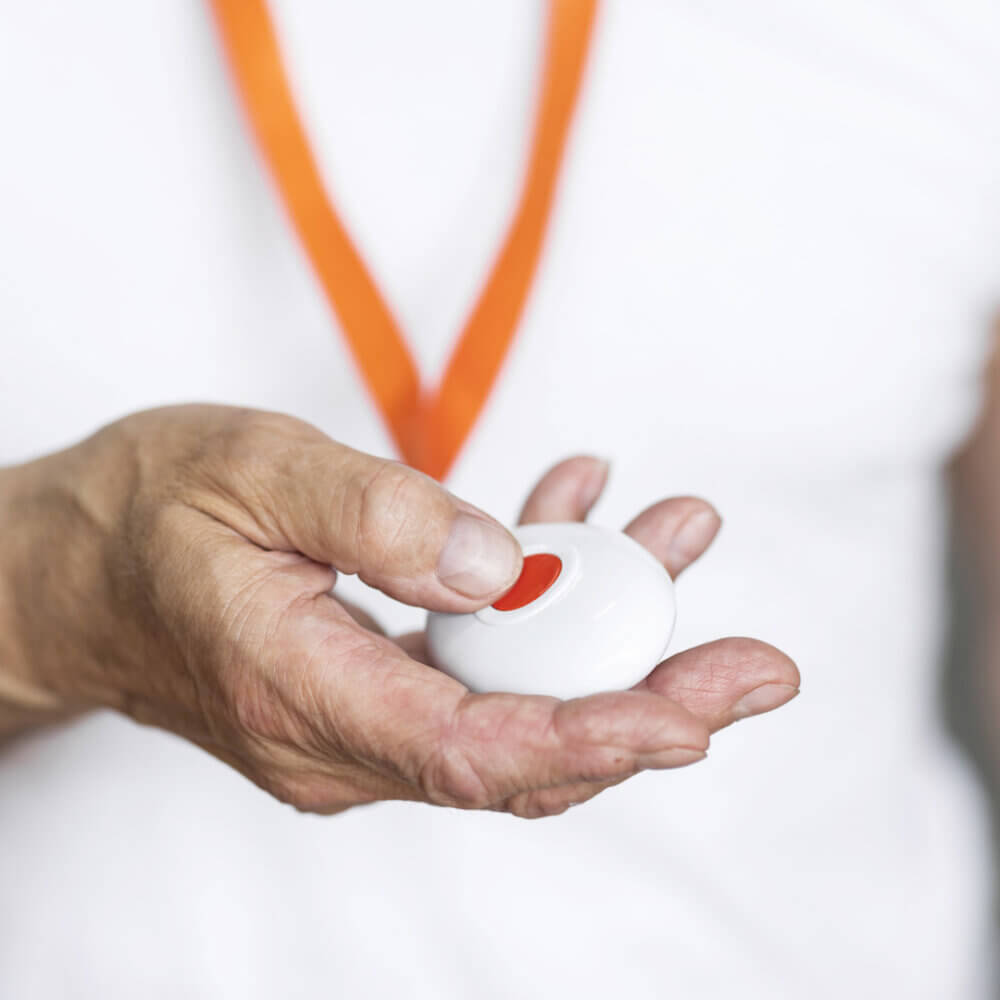Fall Prevention Strategies: How Home Care Reduces Falls From Poor Vision
Falls are a challenge for seniors; they can lead to hospital stays and dependence on others. Understanding how vision plays a role in fall prevention strategies is crucial.

How Vision Impairment Will Effect Your Fall Prevention Strategies
According to the NHS, as many as1 in 3 adults over 65 will suffer at least one fall yearly. For those that do, soft tissue damage, broken bones, fractures, and hospital stays are likely outcomes.
It’s a sobering fact that half of those who fall repeatedly fall (Mary E Tinetti, 2003). Poor vision is a leading concern in this, doubling the chances of falls and related fractures. AGE UK reportedpoor vision was a factor in as many as 270,000 falls in people aged 60+ in 2011 alone.
And here’s why. As we age, our visual acuity and contrast sensitivity, which is the ability to distinguish shapes, details of objects, and contrasts at a given distance, reduce. This means we start to misjudge our footing or reach for things. Those with degenerative eye diseases, like cataracts and glaucoma, have further complications in the form of blind spots and tunnel vision.
Studies suggest that multifocal and bifocal glasses can further impair contrast sensitivity and depth perception (BMJ, 2010). And this is because the lens split offers different magnification levels. As your eyes shift from one to the other, distances are augmented.
Therefore, how we plan to avoid falls requires considering the visual obstacles our loved ones face. Our fall prevention strategies must include:
- Regular eye exams
- Encouraging the wearing of glasses, eye patches or using visual aids where necessary
- Ensuring that the correct glasses are used for individual tasks and moving about
- Environment change
- And light considerations
[We recommend reading our recent guide on fall risks and the brain to consider how cognitive function also affects vision changes.]
Looking for a head start on fall prevention? Here are the best tips you can implement today! Signup here for our free checklist.
Home Care Significantly Reduces Visual Fall Risks for Seniors
With the proper home care provision, you should receive
- Environment Modification: To make the home safer for those with vision loss, home care professionals can rearrange furniture to create clear pathways, remove tripping hazards such as loose rugs, and ensure good lighting by installing brighter bulbs or motion sensor lights in critical areas.
- Assistive Devices: They can also ensure the use of proper visual aids, like glasses, and advise on installing grab bars and handrails.
- Regular Monitoring: Home care professionals can monitor vision changes and coordinate with healthcare teams for timely interventions.
- Physical Support: They can also assist with daily activities and mobility to prevent falls and boost confidence in moving around safely.
With these measures in place, you should experience a vast reduction in trips, slips and fall risks.

How Home Instead Watford Can Help You Plan Fall Prevention Strategies
At Home Instead Watford, we are on a mission to reduce fall risks further. That’s why we offer a free falls assessment to residents of the Watford area.
During our visit, we look for challenges or gaps in the following areas
- Frailty and risk of falls
- Hydration and nutrition needs
- Mobility issues
- Home assessment, slip and trip hazards
- Footwear choices
- Personal alarms
After the falls assessment, we compile a comprehensive fall prevention strategies report and action list. This document includes a summary of the assessment findings, personalised recommendations for home modifications and assistive devices, and a plan for ongoing monitoring and support. We aim to send this to you within the week to ensure the timely implementation of the action plan.
While this information benefits you and helps you give Mum and Dad a more comfortable but still independent life, it also serves as a guide for our care professionals. The insights from the falls assessment and the fall prevention strategies report inform our care plan considerations, ensuring that we provide comprehensive and personalised care should you need us.
